latest
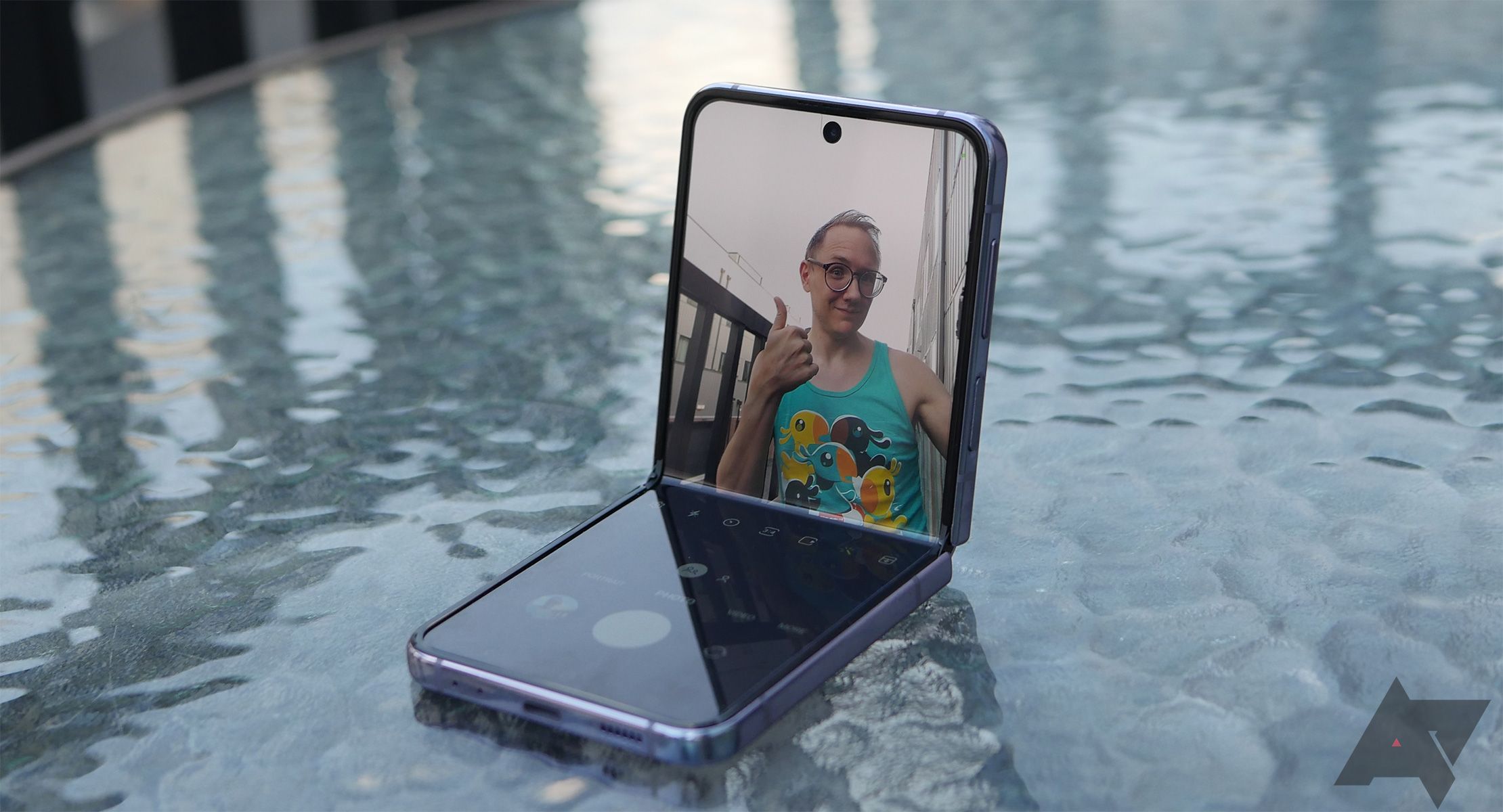
Cameras are complex instruments with complicated components that work in concert to create an image. Even though these components (and their specifications) play a critical role in determining the ultimate quality of an image, the only tech spec that gets any lip service in marketing literature is the megapixel count.

There was a point in the late 80s and 90s when disposable cameras and one-hour film development dominated the world of photography. Although this put the medium in the hands of the masses in an accessible manner, the mass production that made this possible meant that the cameras were built to the lowest common denominator. But now that smartphones are in the pockets of billions of people worldwide, everyone has a high-quality camera that rivals all but the high-end DSLR cameras.
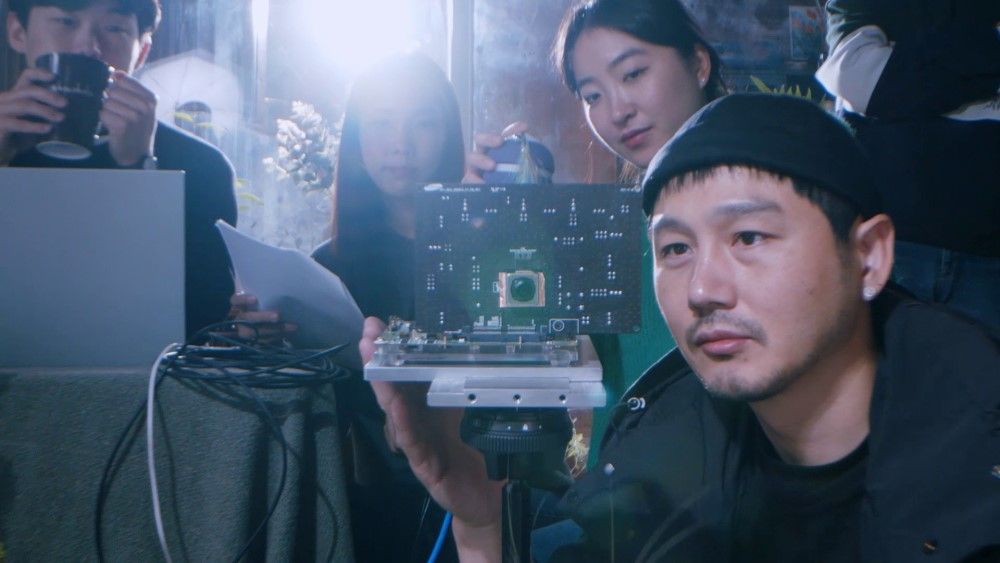
Samsung shows off its 200MP camera sensor with the animal we'll be taking the most pics of anyway
The internet was created for cat photos
There's a good chance that at least a couple components in the phone you're holding right now — regardless of whose name is on the box — are made by Samsung. From displays, to flash storage, to vibration motors, to camera sensors — you name it, and the South Korean company probably has a factory for it already. Even with that kind of success, there's always the temptation to show off — especially when you've got some high-end new hardware on the way. Right now, Samsung's got megapixels on the brain, and it's looking to promote its recently announced 200MP sensor in a spectacular way.
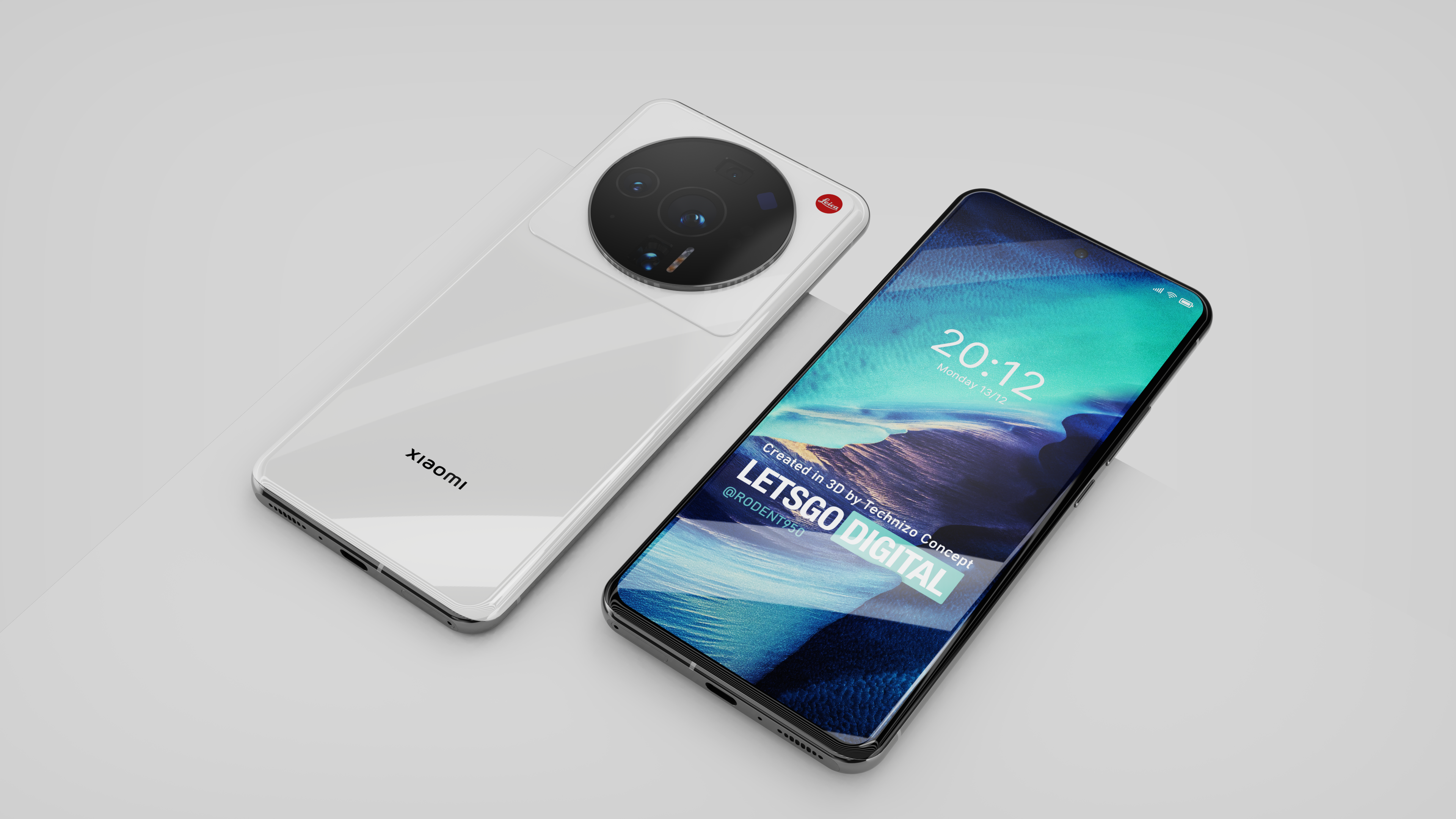
The Xiaomi 12 Ultra's camera might be larger than any from Samsung
Sensors keep getting better, but size will always be an advantage
Leaks come in all shapes and sizes, but many of the best come straight out of the supply chain. In a post to Weibo (via GSM Arena), leaker Digital Chat Station revealed that Sony recently released a new camera sensor to manufacturers for testing. Coming in at a 1/1.1-inch size with a 50MP resolution, this will be one of the largest camera sensors designed for mainstream smartphones. Speculation points to the new sensor launching as the long-rumored Exmor IMX800, and likely debuting with the Xiaomi 12 Ultra.

Samsung talks up what its next-gen ISOCELL camera sensors mean for smartphone image quality
The new material will allow Samsung to cram in more megapixels
It's fair to say that cameras are the point of fiercest competition in high-end smartphones, with Google, Samsung, and Apple constantly one-upping each other. Samsung is showing off its latest innovation, which it calls ISOCELL 2.0. The improved image sensor cells will allow more light to be isolated in each chamber.
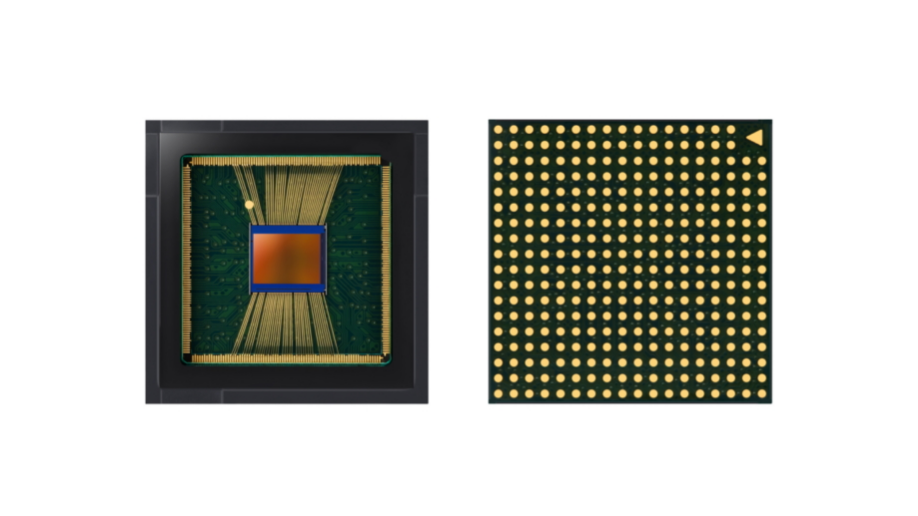
Ahead of the anticipated announcement of the company's new Galaxy S10 phones, Samsung has announced that it's developed a fresh camera sensor that could make its debut in the devices. The new ISOCELL Slim 3T2 is a 20-megapixel sensor that sports "the smallest form factor in the industry," purpose-built for use in devices with minimal bezels.
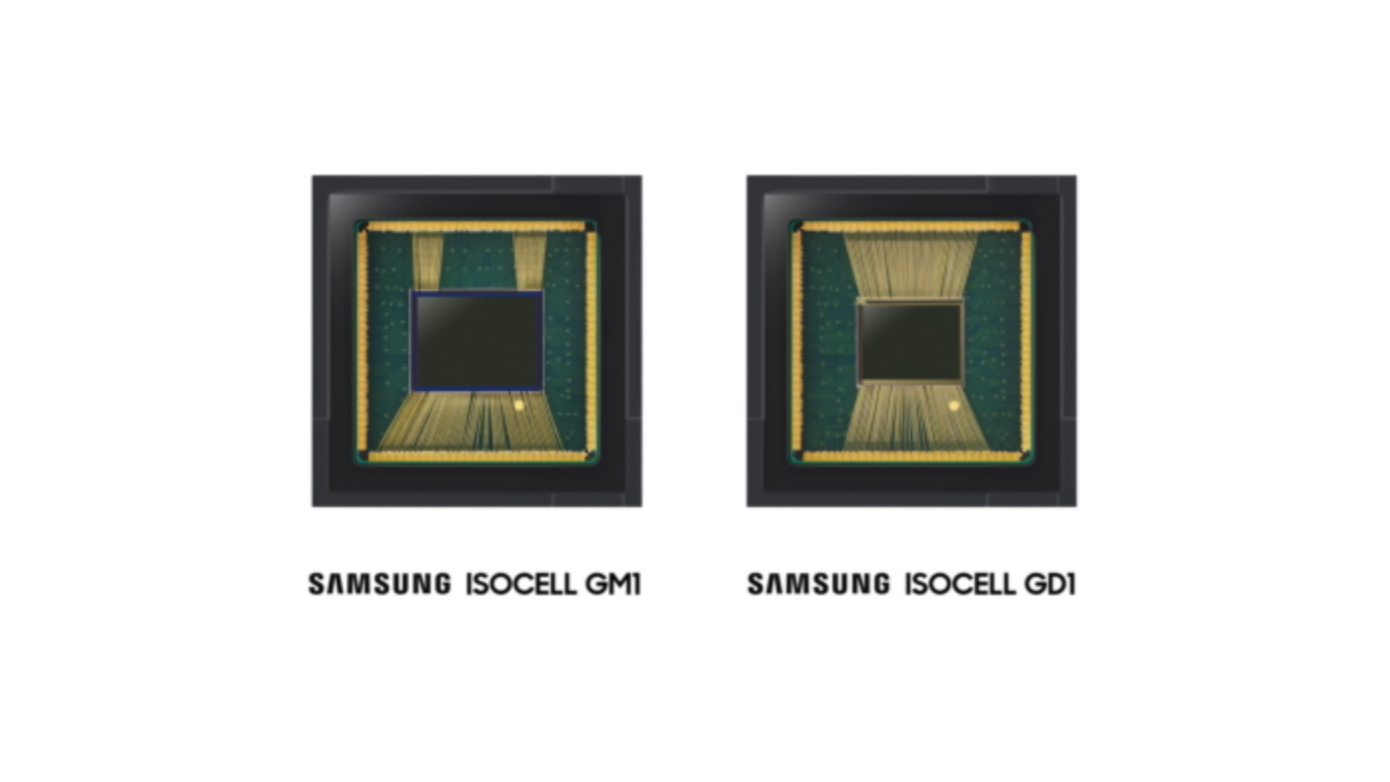
Samsung's top-tier devices are generally up there with the Pixel and the iPhone when it comes to camera quality, and the Korean electronics manufacturer seems set to further step up its mobile photography game. The company has announced that it's developed new 48- and 32-megapixel smartphone camera sensors which it expects to be in mass production later this year.

Sony has announced that it's developed a smartphone camera sensor with a silly-high resolution of 48 megapixels. The new IMX586 is apparently the world's first sensor to feature a pixel size of 0.8 μm — and those tiny pixels allowed for Sony to cram a whole lot of them into a component small enough to fit in a smartphone chassis.
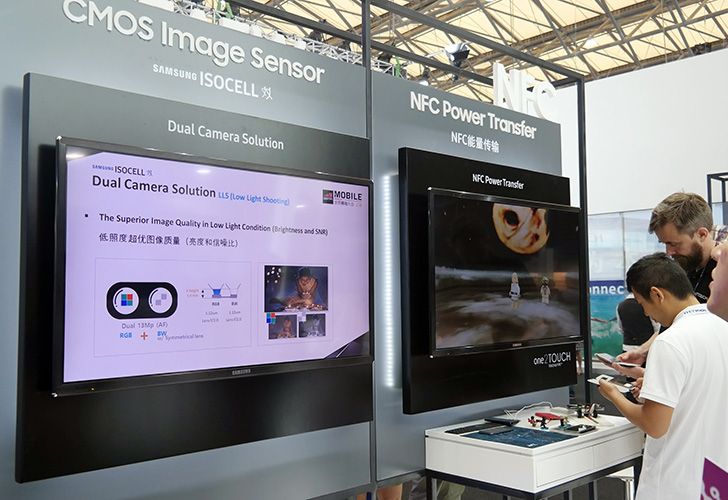
MWC Shanghai started today and Samsung is on the floor making some announcements. The first one is the growth of its ISOCELL technology to become a standalone image sensor brand, with 4 new sub-brands that cater to different devices and markets. The aim is to make it easier for customers to recognize the main strength and features of future devices' cameras.
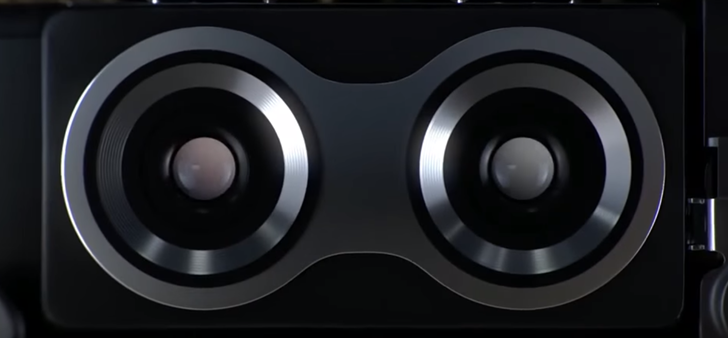
Android manufactures have flirted with dual rear cameras for years. Previously it was for quasi-3D tech (see the ill-fated HTC EVO 3D), then for tricks like enhanced bokeh effects (see the slightly less ill-fated HTC One M8 and others), and now phones like the LG V20 are combining different lenses for different applications. Qualcomm hopes to capitalize on this trend with its Clear Sight dual camera processing tech.
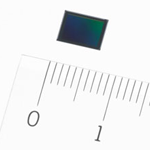
Sony is becoming less and less of a factor in the smartphone world, but their camera sensor modules are second to none. You can find Sony's Exmor camera sensors in more or less every high-end phone on the market these days, including Samsung's Galaxy line and the iPhone. So when the company announces a new high-end sensor, it's kind of a big deal. That's the case today: Sony's camera division has revealed the IMX318, a new sensor with more megapixels, tiny dimensions, and a host of built-in features.






